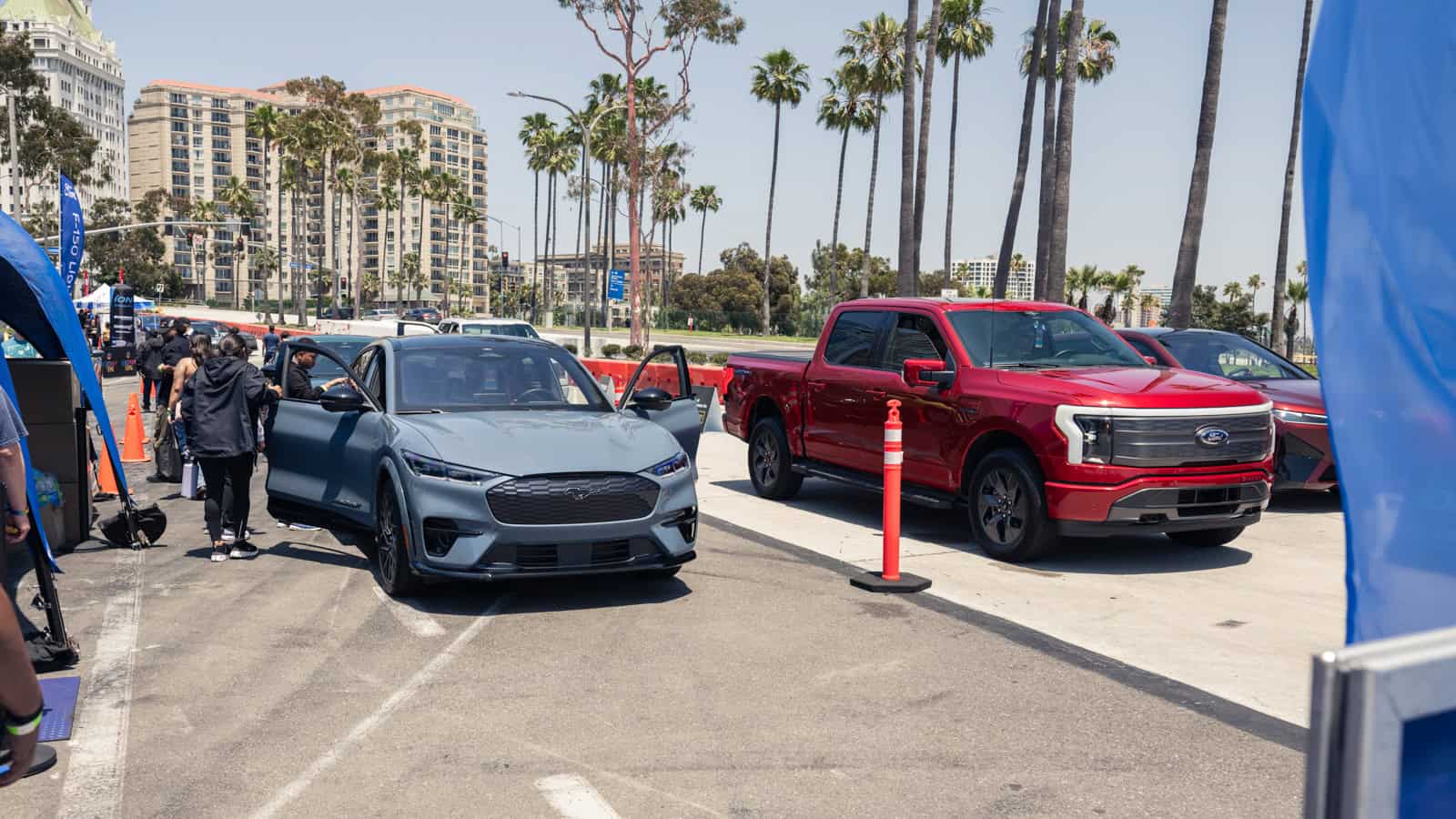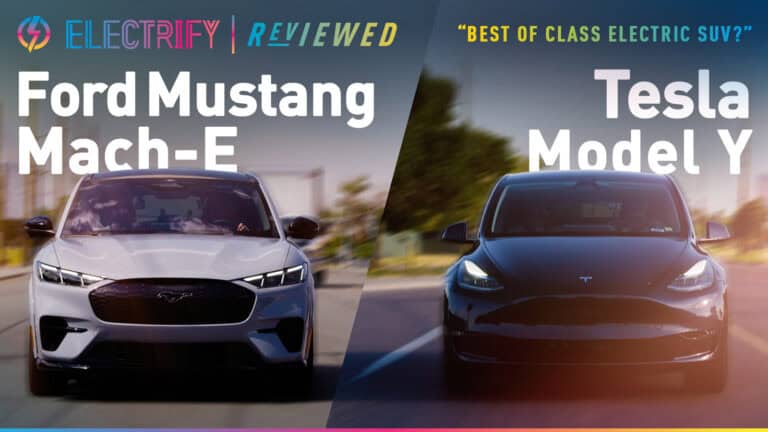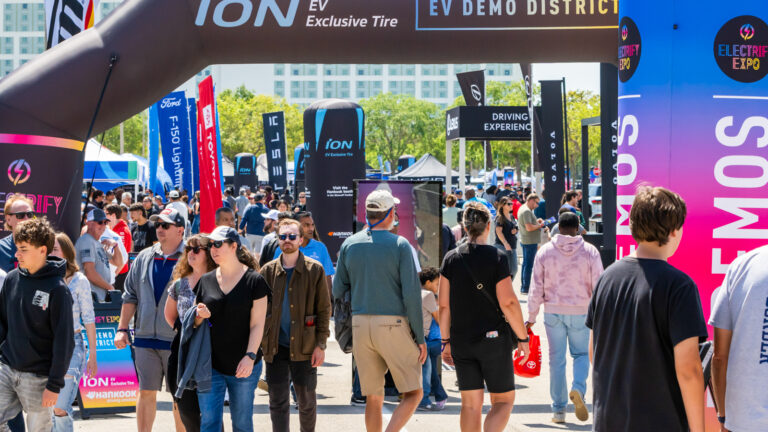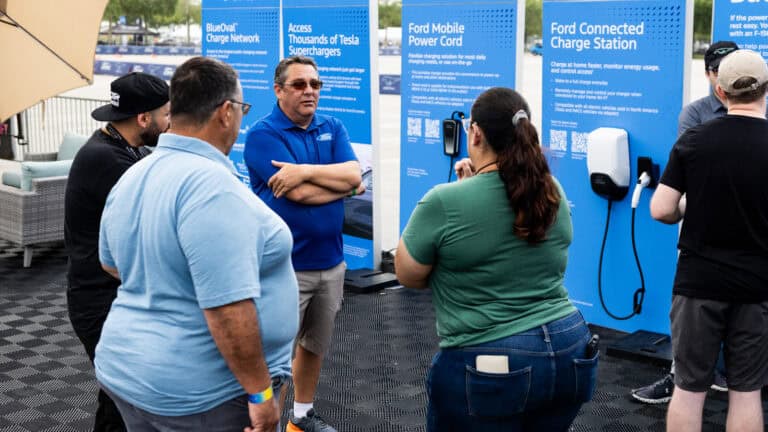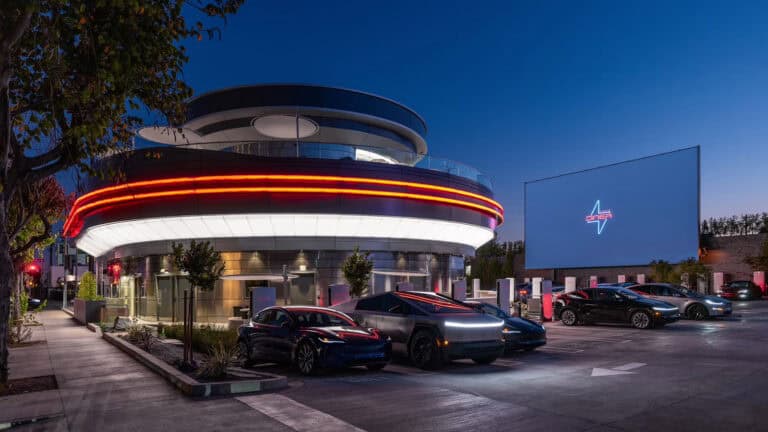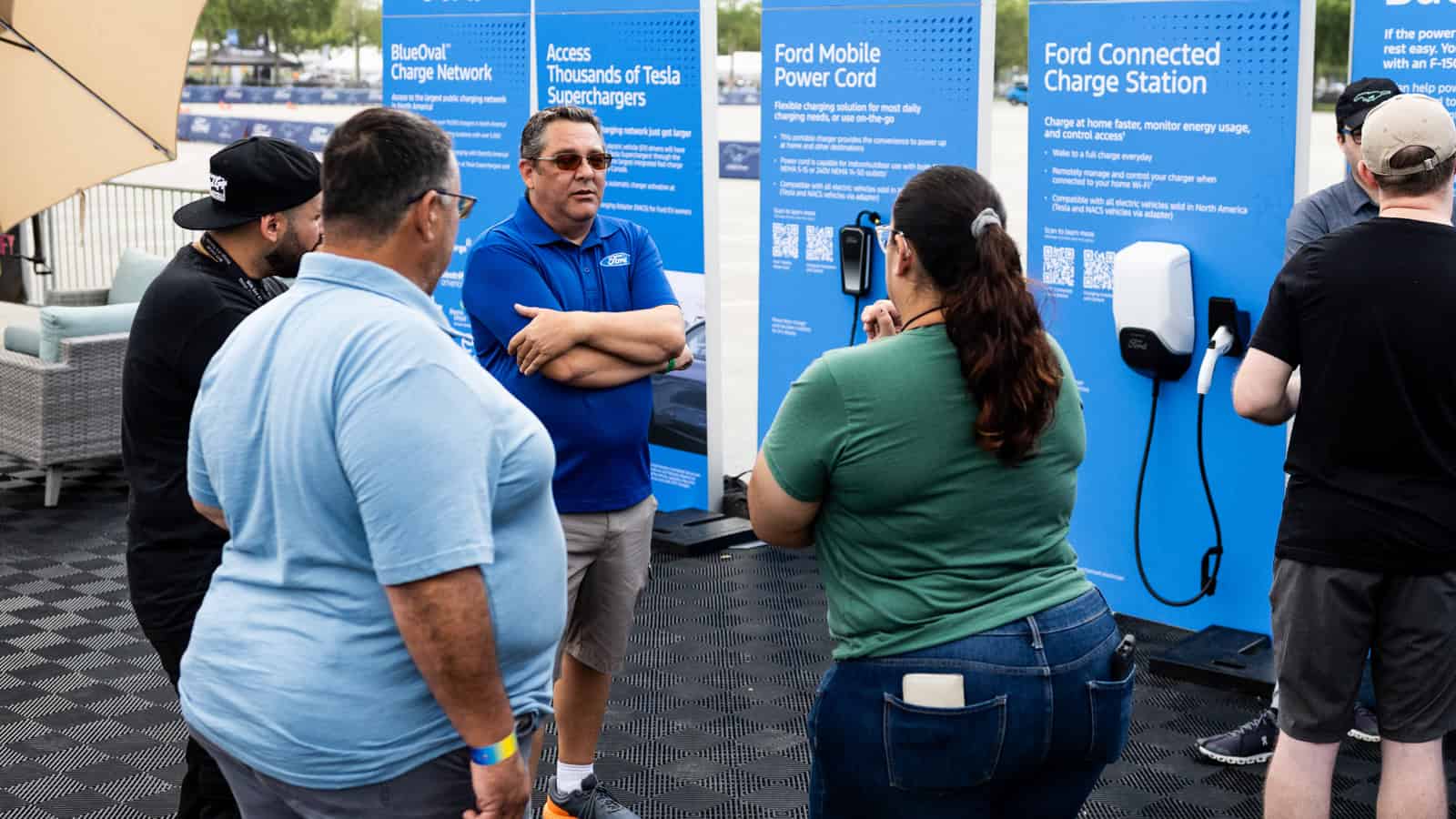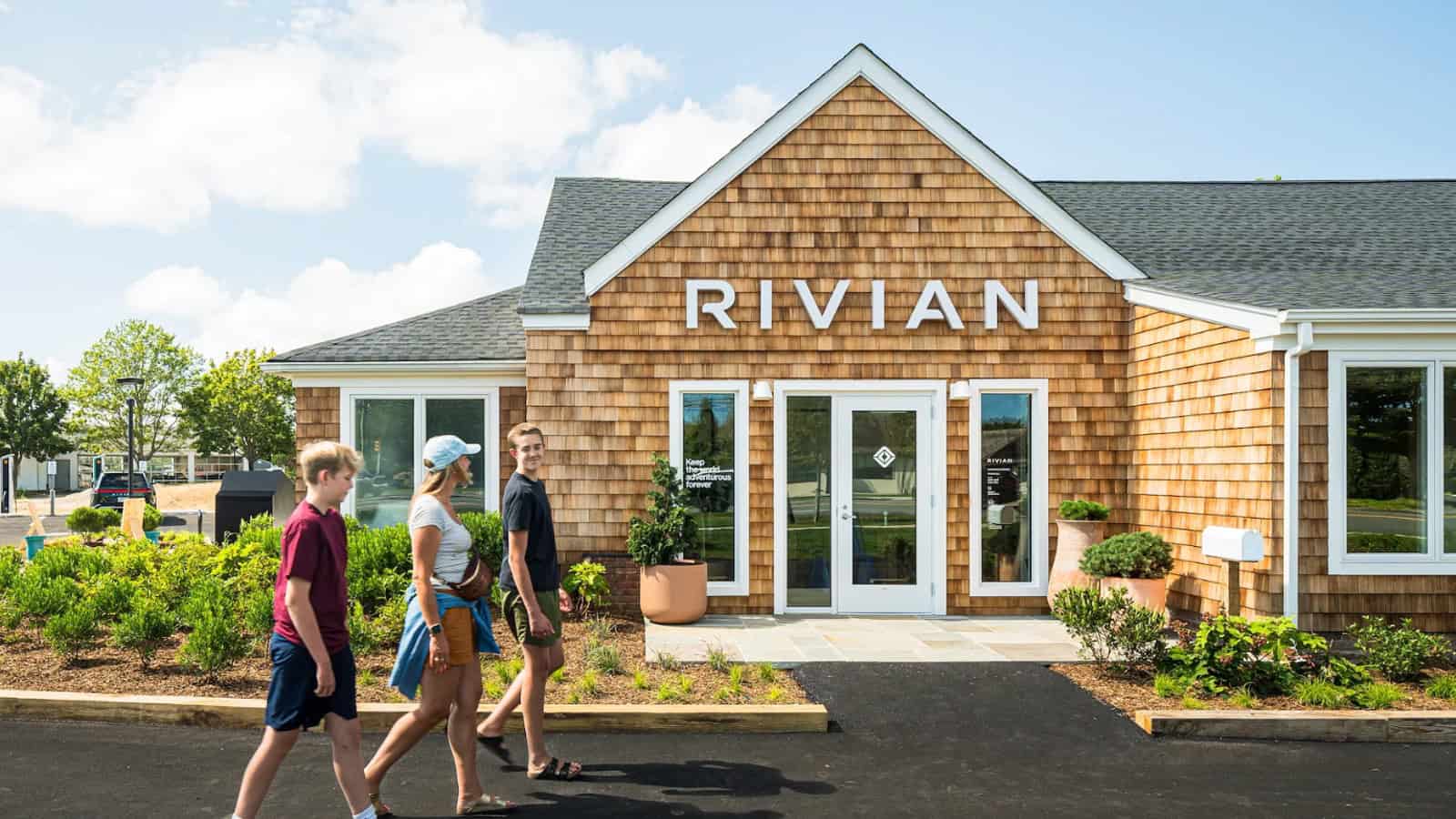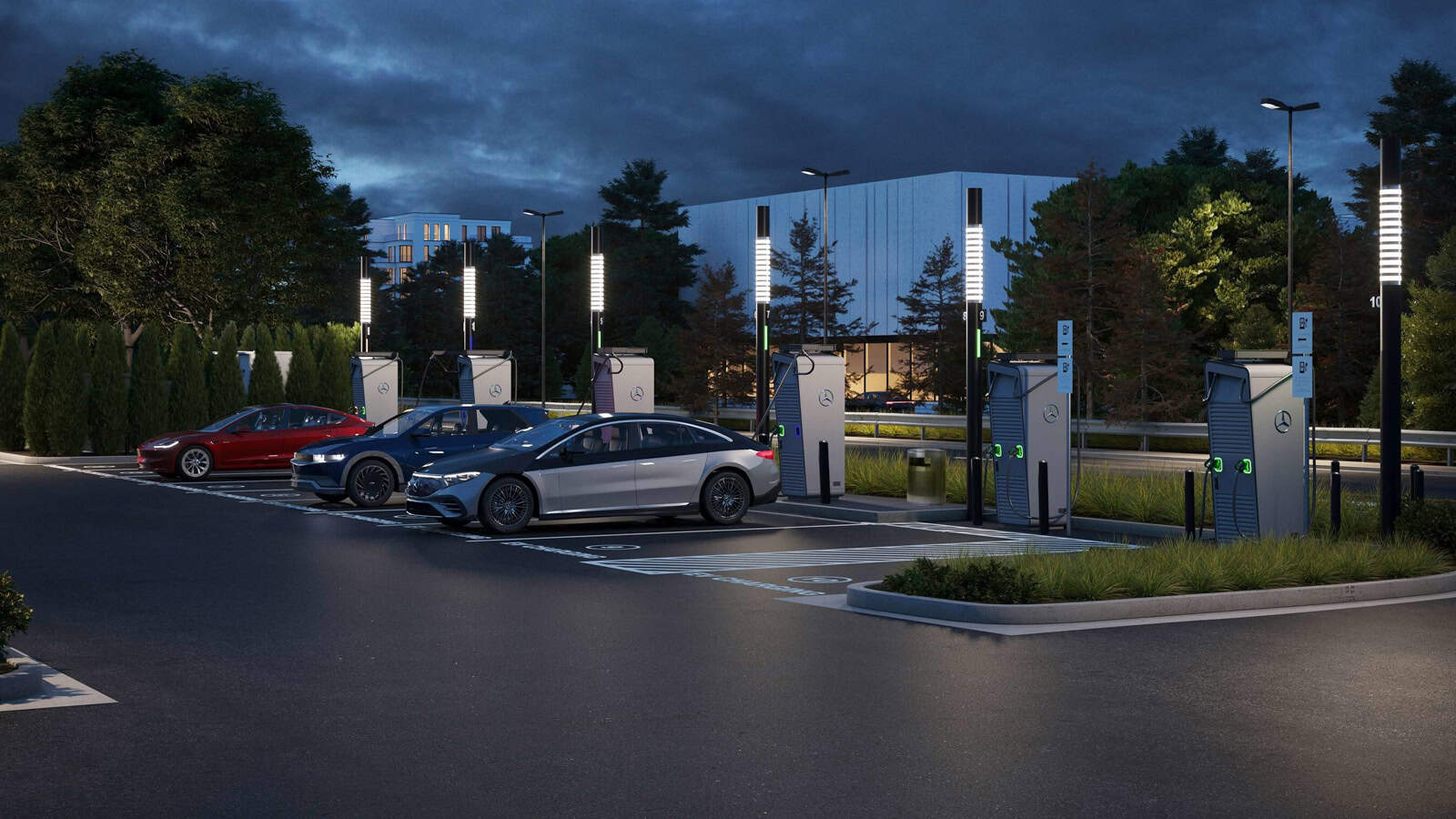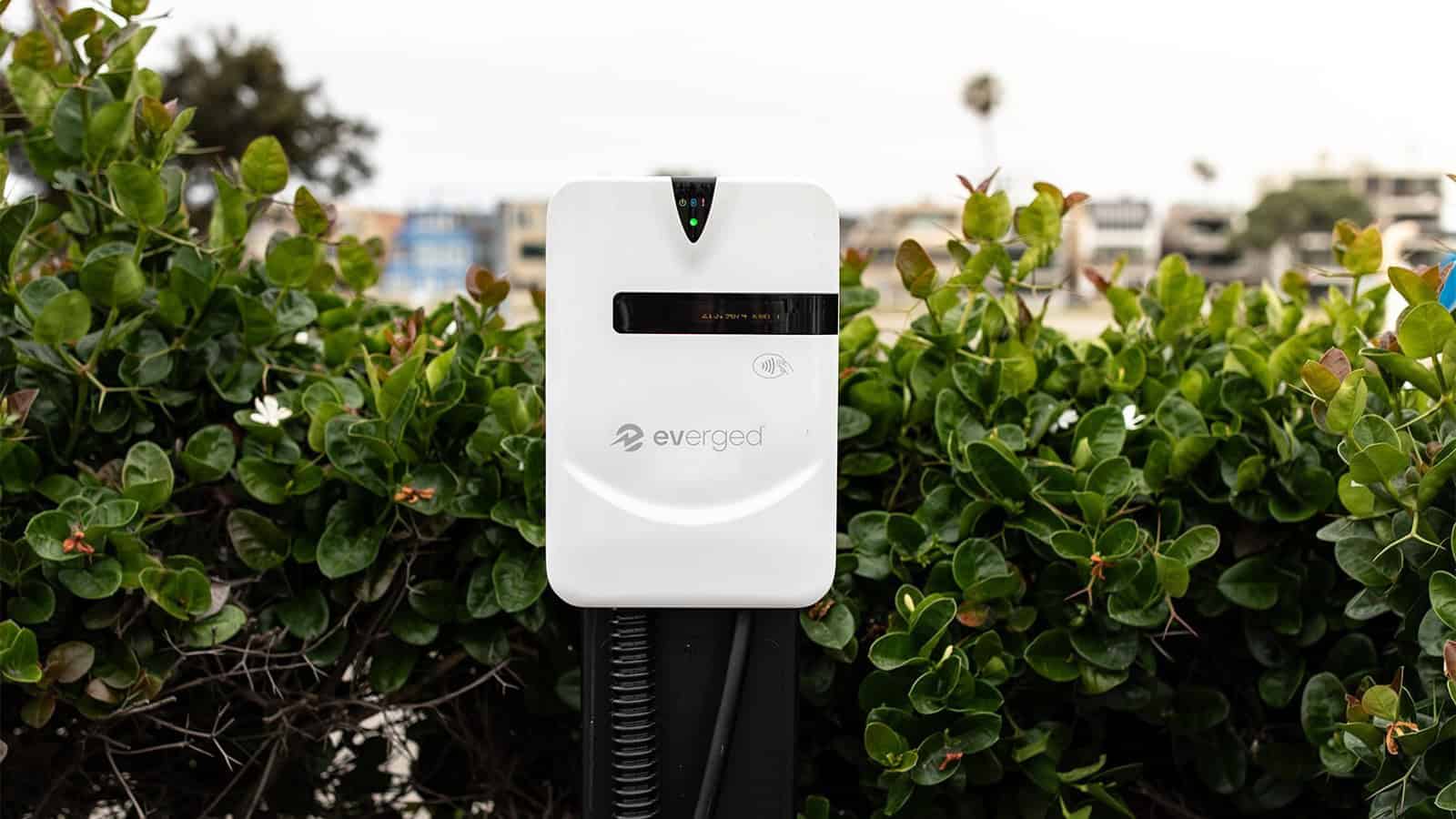- California has 48% more EV chargers than gas nozzles.
- Over 178,000 EV chargers are now installed across the state.
- Fast chargers add 200+ miles in about 15 minutes.
ADVERTISEMENT
Gas pumps carry bacteria. More than toilet seats. That’s your first clue we’ve been holding on to old habits a little too long. Meanwhile, California just did something quietly disruptive. Something that matters far more to your everyday life than you probably think. There are now 48% more EV chargers in the state than gas nozzles.
Let that sink in.
Not charging stations. Not planned infrastructure. Actual operational EV chargers. 178,549 of them to be exact, public and shared private, compared to an estimated 120,000 gasoline nozzles. The numbers speak for themselves, but the impact? It’s bigger than just stats on a page. It’s about access. About control. About having more choices on your terms. No mandates. Just options.
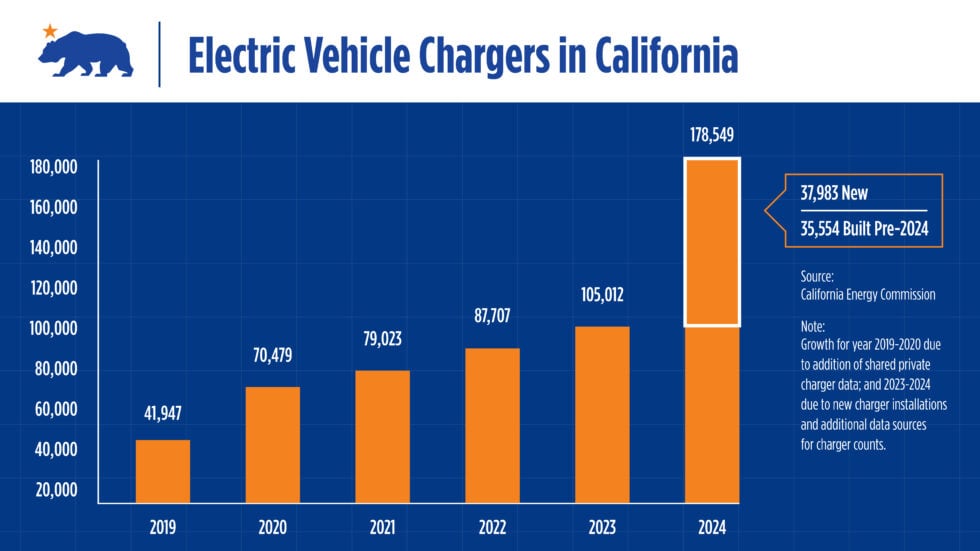
And this isn’t some vague, bureaucratic rollout buried in red tape. “We now have nearly 50% more chargers than gas nozzles in the state, meaning you have more options than ever to charge your vehicle,” said Governor Gavin Newsom in the press release. “We’re embracing our clean car future and providing consumers more choices – no matter what ‘big government’ mandates come out of Washington.”
Translation: while others are arguing about politics, California is laying cable.
ADVERTISEMENT
EV Chargers Are Everywhere. Even Your Garage.
Of the 178,549 installed EV chargers, more than 162,000 are Level 2 chargers, the kind that most EV owners with home setups use for overnight top-offs. And 17,000 are fast chargers, the kind that can juice up your car with 200+ miles in roughly 15 minutes. That’s not a pipe dream. That’s real, functional infrastructure, with more coming online every single day.
And if you’re a homeowner, the California Energy Commission estimates over 700,000 Level 2 chargers are already installed in single-family homes across the state. No headlines. No noise. Just a silent takeover happening in garages and driveways.
But we get it. Skepticism’s still hanging around. Maybe you’ve heard it takes forever to charge. Or that chargers are impossible to find when you actually need one. Or maybe you still think EVs are just overpriced toys for the rich built for coastal elites and tech bros.
Let’s break that down.
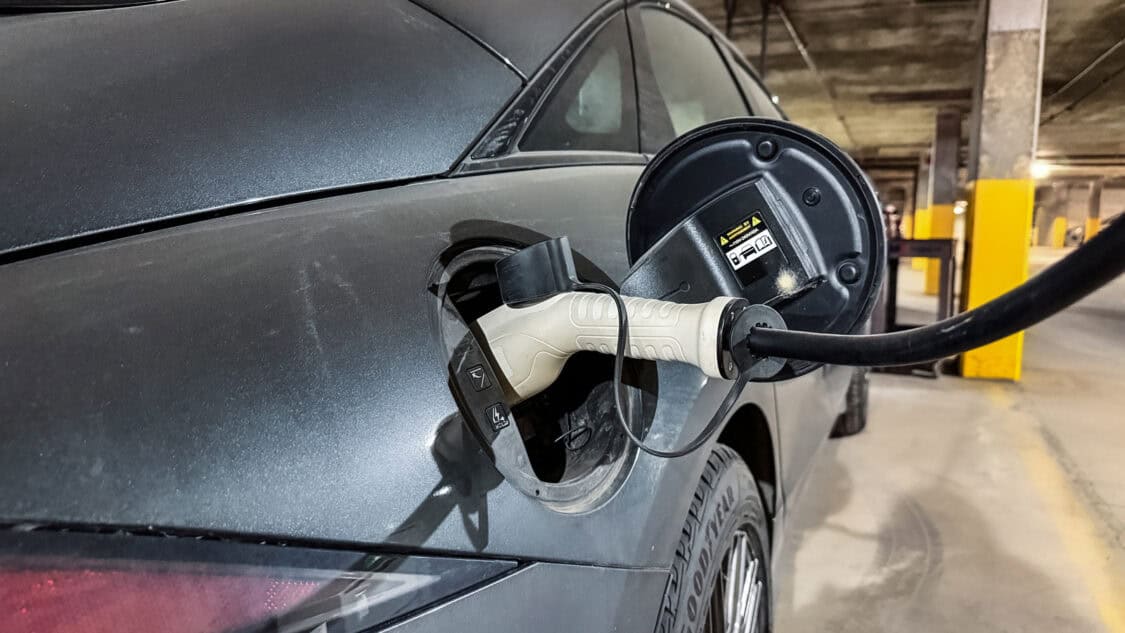
Myth 1: “I’ll Never Find A Charger When I Need One.”
Wrong. The state’s EV charging network grew by more than 26,000 chargers since August alone. In total, 73,537 chargers were added to the state’s data set in 2024. And yes, nearly 38,000 of those were brand new this year. The rest were identified through improved data tracking. So that’s not just growth, that’s follow-through.
And it’s not just clustered in big cities either. “The state continues to invest in EV infrastructure, with particular emphasis in hard-to-reach areas, making these vehicles an easy choice for new car buyers,” said California Energy Commission Chair David Hochschild.
That’s not spin. That’s the truth staring you in the face.
ADVERTISEMENT
Myth 2: “EVs Take Too Long To Charge.”
Not when you’ve got access to a fast charger. And you’re not even using them most of the time. Because here’s a stat nobody talks about: 80% of EV charging happens at home.
Think about that.
How often do you fuel up your gas car from the comfort of your own garage while making dinner or watching a ball game? You don’t.
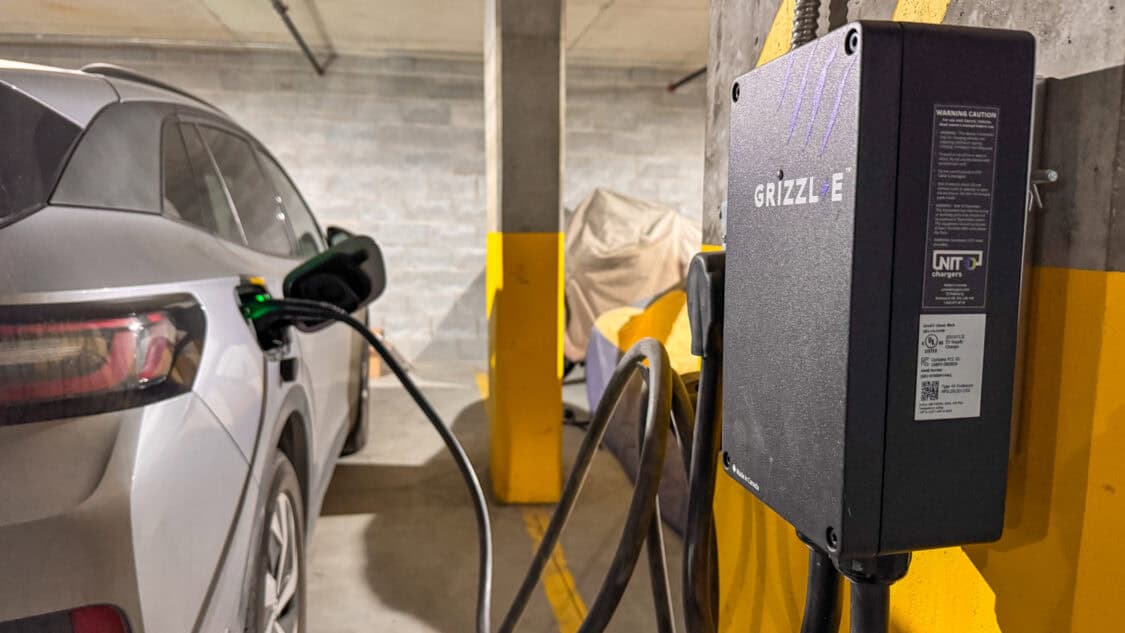
Myth 3: “It’s Too Expensive.”
Time for some basic math. Charging your EV at home typically costs less than your daily latte. On average? Around $10-$15 for a full battery. And maintenance? EVs don’t need oil changes. Or timing belts. Or transmission fluid. The average EV owner saves over $10,000 in maintenance over the life of the car.
California isn’t only expanding the grid, it’s also making sure it works! State agencies are cutting red tape, creating charger reliability standards, and streamlining permits. Even the Attorney General is involved. On March 18th, Rob Bonta reminded local governments they are legally required to speed up EV charger permitting. The message is clear: no more excuses.
The Tipping Point Already Happened.
Because every day, more people are waking up to the reality that EVs are no longer fringe. They’re not about hugging trees or proving a political point. They’re about saving time. Saving money. And yes, saving you from the bacteria-infested gas handle you’ll probably touch again today.
California’s EV expansion isn’t slowing down. The state approved a $1.4 billion investment plan to scale up both charging and hydrogen infrastructure. That includes programs like Fast Charge California, with $55 million set aside to install fast chargers at businesses and public spots across the state.
This isn’t some coastal trend. In 2025, one out of every four new cars sold in California will be electric. And nationally? Nearly a third of all zero-emission vehicles come from this one state. And the tipping point? We already passed it.
You just didn’t get the memo.
ADVERTISEMENT

IMAGES: ELECTRIFY EXPO
FTC: We use income-earning auto affiliate links. Learn more.


